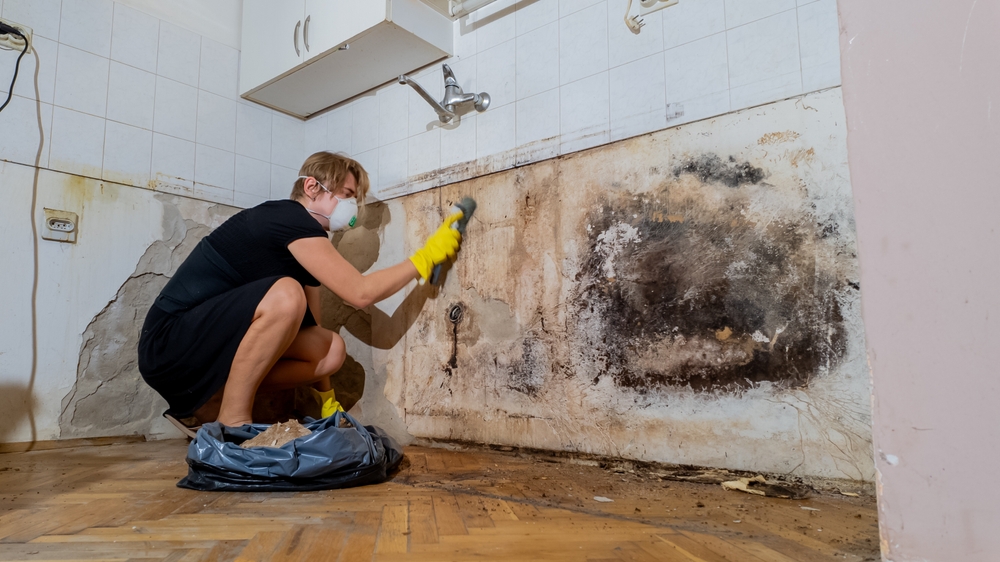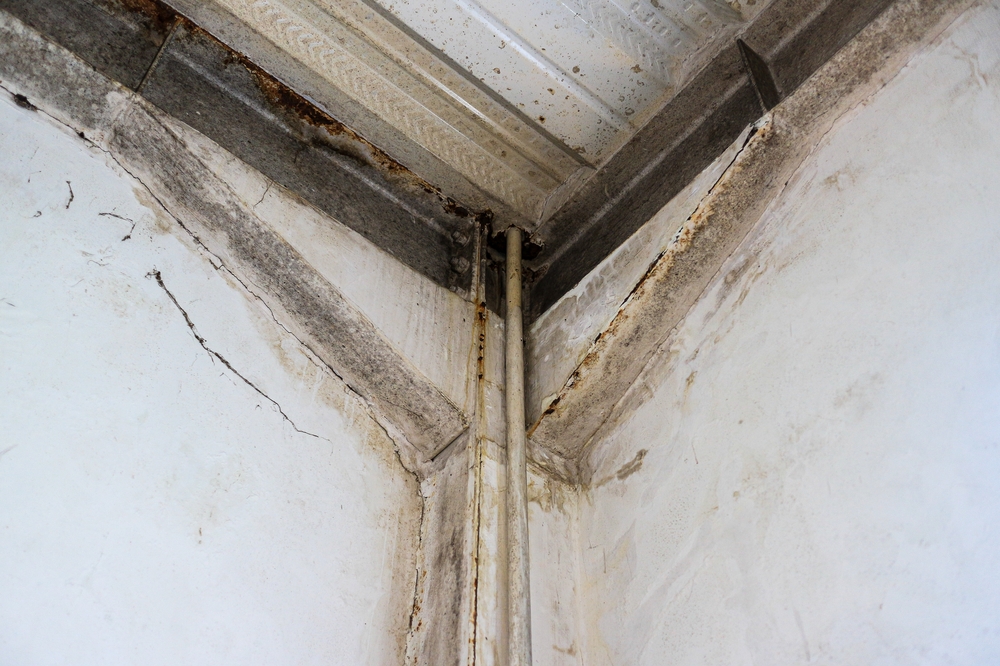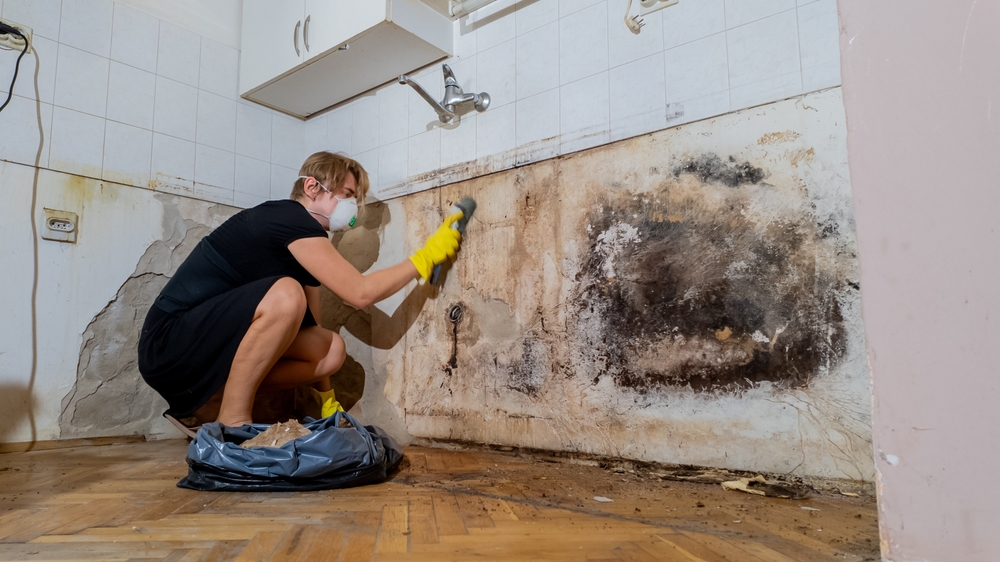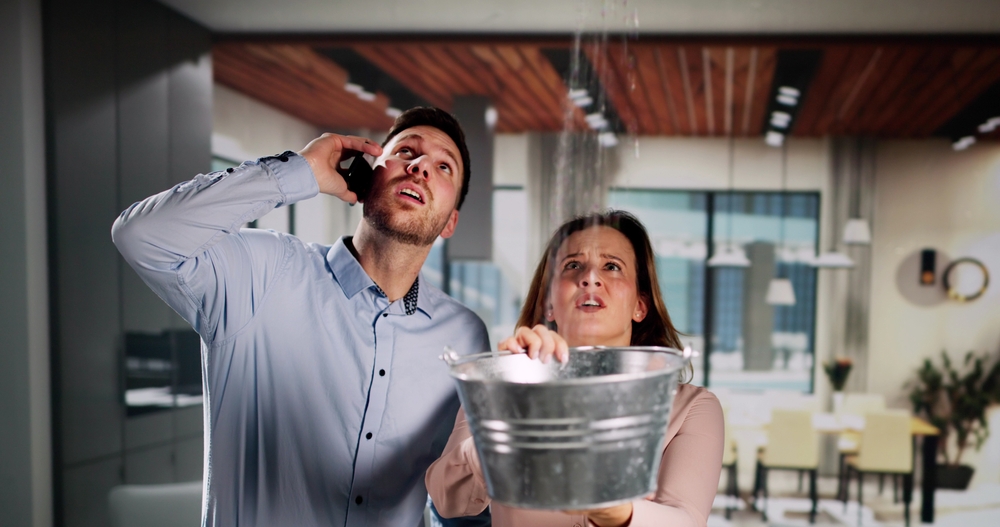At first look, water damage seems innocuous—just a little bit of water from a little leak or some dampness following a lot of rain. Actually, nevertheless, one of the most dangerous hazards to houses is related to when extra water leaks into places it shouldn’t be in. Reasons of water damage ranging from breaks in pipes to floods to inadequate drainage to even clogged gutters could cause this. Ignoring water damage or treatment can result in major issues endangering the comfort, value, and safety of a house regardless of the source.
Taking prompt care of water damage is not only wise but also really vital. Left alone, water damage can cause issues including mold, wood rot, and structural weakness that get more dangerous and costly to repair the longer they go on. Knowing the hidden risks of water damage can help us to safeguard our houses and keep our families safe.
The Silent Threat: Mold
When water damage strikes, mold is among the first things to show up; it’s not just ugly but also dangerous for our health. Little particles in the air, mold spores can proliferate rapidly in moist environments. Although mold might not always be obvious, its musty scent often indicates trouble before you ever see it.

Health Risks of Mold
Particularly for people who are sensitive or have current medical conditions, mold exposure is linked to many health complications. Breathing in mold can aggravate skin, induce coughing, sneezing, and even more severe respiratory problems like asthma attacks. Mold exposure can be especially dangerous for those with allergies or weak immune systems; occasionally it results in chronic sinus infections or even more severe lung issues.
Conditions for Mold Growth
Three things—moisture, warmth, and organic matter—such as wood, paper, or even dust—are what mold prefers. Common areas for mold growth include bathrooms, basements, kitchens, and laundry rooms. These areas frequently combine these elements.
Tips to Prevent Mold Growth
- Keep Humidity Levels Low: Mold likes moisture, hence utilizing a dehumidifier—especially in wet environments—helps to regulate humidity levels.
- Improve Ventilation: Open windows, run exhaust fans, and let rooms air out to control humidity.
- Clean Regularly: Regular cleanliness is important. In places like bathrooms and basements that are prone to moisture, clean to eliminate any debris or dust mold might feed on.
- Check for Leaks: Search windows, roofs and pipes for leaks; fix them right away to save moisture from building up.
Rot and Decay
Wood can begin to decay over time as it absorbs water. Given that wood rot compromises the home’s foundation, it is particularly harmful. Rotting wood can break, split, and make areas of the house dangerous.
Types of Wood Rot
- Dry Rot: Certain kinds of fungus cause dry rot, which “eaters” through wood to leave it brittle and unstable. It’s named “dry” as once it starts, unlike other rot kinds, it can spread without direct dampness.
- Wet Rot: Rot of wet nature need continuous moisture to flourish. Usually found in areas like basements or behind sinks where water constantly pouring in, it makes wood soft and spongy.
- Soft Rot: Although it occurs more slowly than other forms, soft rot still over time weakens wood. Though it’s less often in homes, it still happens with enough moisture.
Signs of Wood Rot
- Soft or Spongy Wood: Rot may be present in soft to the touch wood.
- Discoloration: Rotting wood frequently has a darker or even greenish look.
- Musty Smell: Wood rot can smell like mold—that is, a moist, earthy scent.
- Cracks or Crumbles: When wood cracks or crumbles readily, rot most certainly plays a role.
How to Prevent Wood Rot
- Keep Wood Dry: Check and seal often the places where water might find access to wood.
- Ventilate Your Home: Good airflow helps to reduce moisture accumulation, so preventing rot.
- Inspect and Repair: Look for places likely to leak or be moist; repair any problems immediately away.
Structural Issues
More than just wood, water damage can compromise the walls, flooring, even the foundation of a house. Unchecked structural problems resulting from water damage can make a house dangerous.

Potential Structural Damage
- Foundation Cracks: Foundation fissures resulting from water leaking in the structure could be observed. If these cracks are neglected, the structure may shift and walls and floors could buckle.
- Wall Damage: Water-damaged walls could bubble, peel, or deform with time. The weakening underlying structure raises the possibility of collapse or additional water intrusion.
- Roof Leaks: Water leaks from a roof not only stay up there but can descend. Further issues can result from damage to insulation, ceilings, and walls.
Long-term Consequences
Ignoring structural concerns may cause far more major problems down road, like fallen walls, drooping floors, or a crumbling foundation. Although fixing these problems once they become severe might be rather costly, it’s important to act early.
Tips for Identifying and Addressing Structural Problems
- Inspect Your Foundation: Search for cracks, movements, or gaps around the base. If you locate any, schedule a professional to check and fix them.
- Check for Roof Leaks: Look at your roof often for indications of missing shingles or ceiling water stains.
- Look for Wall Damage: Look for wall damage including cracked walls, bulging areas, or peeling paint. Should you find any, it’s time to probe further.
The Cost of Neglect
Ignoring water damage can eventually be quite expensive. Repairing significant water damage sometimes calls for addressing several areas of a house, sometimes including foundation, wall, and floor replacement.
Financial Implications
- High Repair Costs: Early small water damage repairs are significantly less costly than waiting until more significant damage results.
- Property Value Depreciation: Homes showing obvious structural faults or water damage lose value since prospective buyers may view them as expensive fixes.
- Insurance Claims: Insurance claims for water damage that isn’t quickly restored may be more difficult, particularly if routine maintenance would have prevented the harm.
Importance of Regular Inspections
One of the best strategies to prevent expensive repairs on your house is to look for indicators of water damage. Early identification lets you save money and effort by permitting small repairs before they become large issues.
Conclusion
Although initially simple to ignore, water damage carries too great a risk to be disregarded. From mold to wood decay to foundation problems, unmanaged water damage poses actual and financial hazards. Your house can be kept from these hidden hazards by routinely checking your property, addressing any leaks right once, and acting preventatively to control moisture.
Early intervention is the greatest approach to prevent the significant expenses and health hazards related to water damage. Incorporate water damage inspections into your regular housekeeping schedule; if you discover any indicators of problems, think about consulting experts. Your cash, health, and house can all be safeguarded with quick attention.

Philadelphia Restoration Services
https://www.google.com/maps?cid=3399342399556699153
+1 267 668 0013
https://philadelphiarestorationservices.com/


